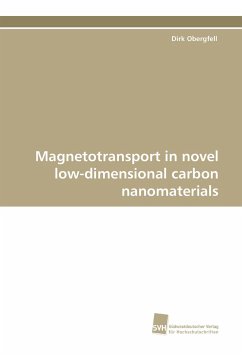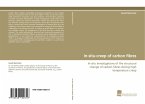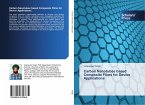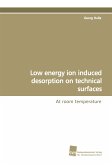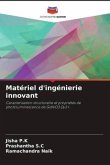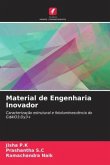Several novel low-dimensional carbon nanomaterials, scilicet graphene mono- and bilayers, single-walled carbon nanotubes (SWNTs) and SWNTs filled with Dy@C82 endohedral metallofullerenes (metallofullerene peapods), were investigated by electrical magnetotransport measurements at low temperatures in external magnetic fields of different orientations. The highlights of this study are that for both SWNTs and metallofullerene peapods, significant negative magnetoresistance (approx. 8 to 14 %) could be observed for axially oriented magnetic fields in some of the samples, where this effect vanished for the perpendicular magnetic field orientation. Other nanotubes did not show this effect at all. We assign the clearly different magnetotransport of the nanotubes in the parallel magnetic field configuration to different chiralities. Moreover, height undulations of the differential conductance Coulomb blockade peaks of SWNTs accompanied by shifts of the respective peak positions along the gate voltage direction were observed. Great importance was attached to combining the magnetotransport measurements with further investigations as high-resolution TEM or AFM on the very same sample.

